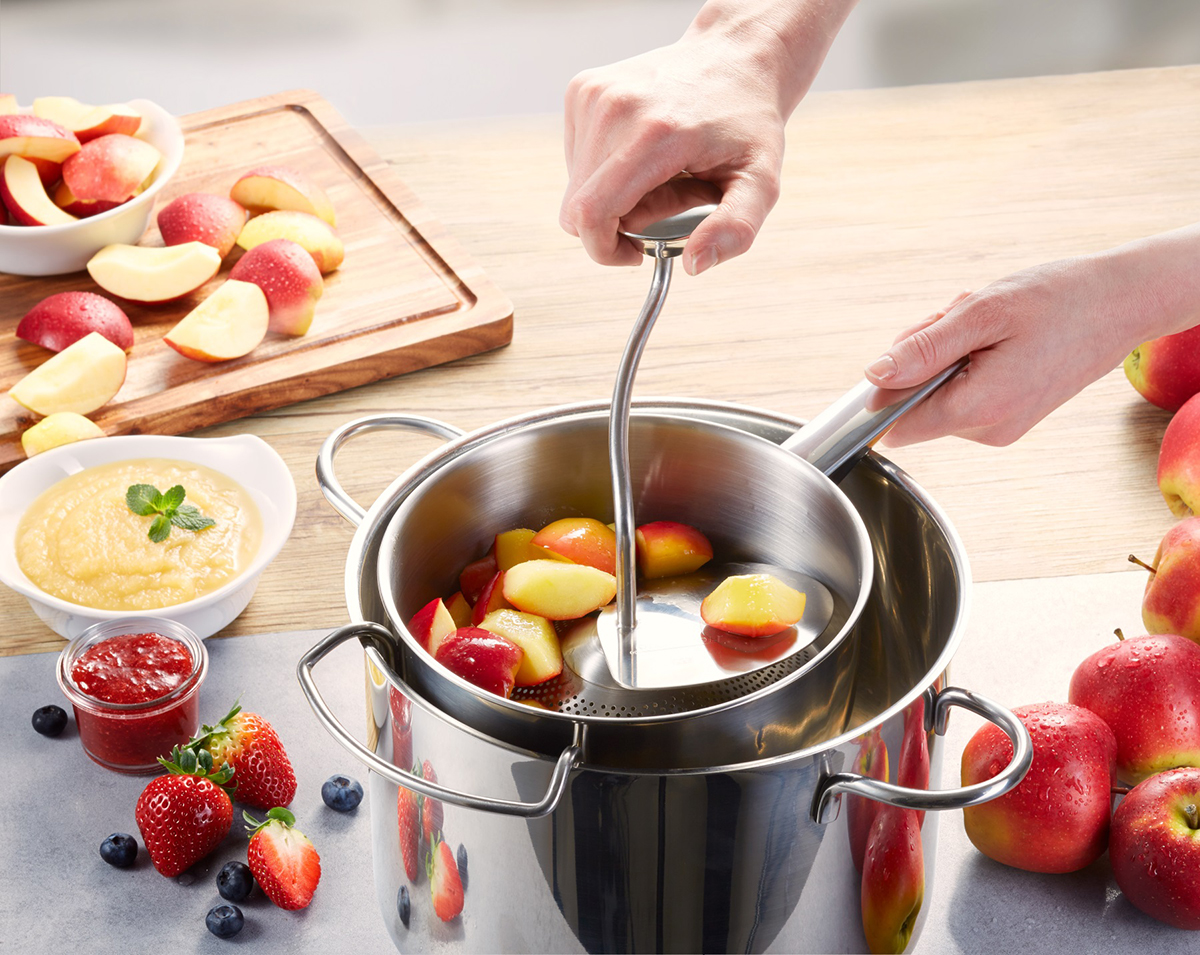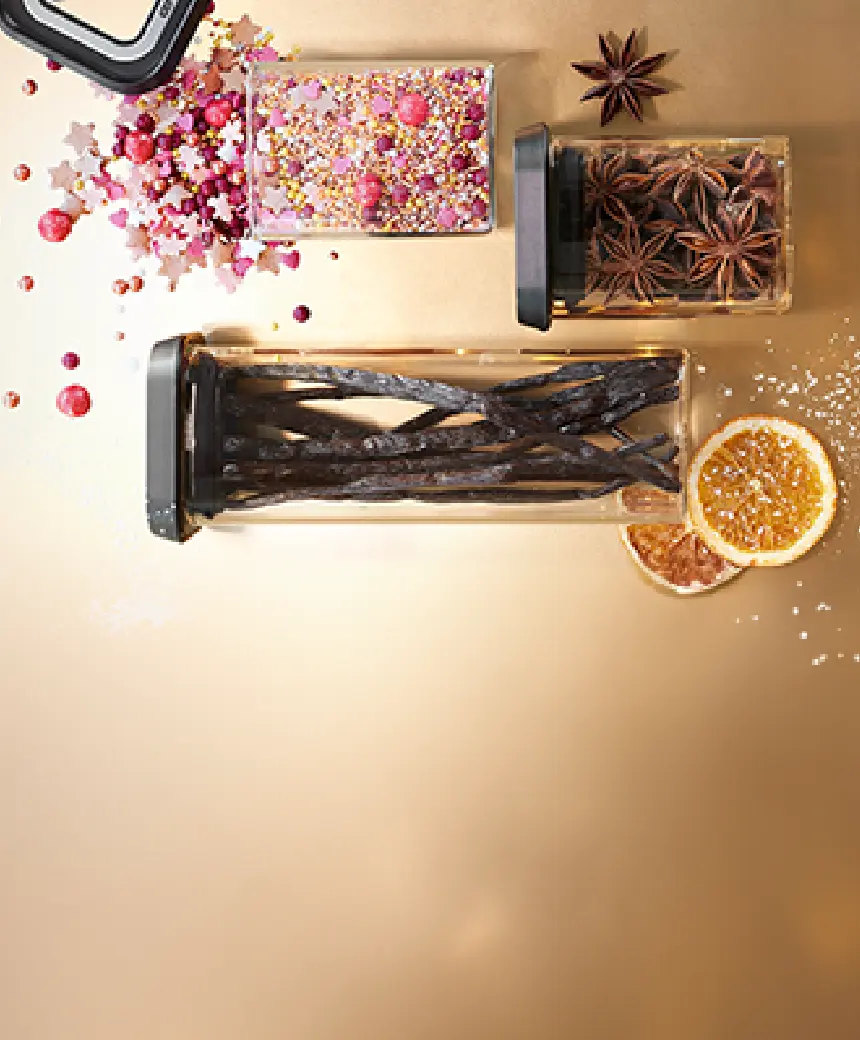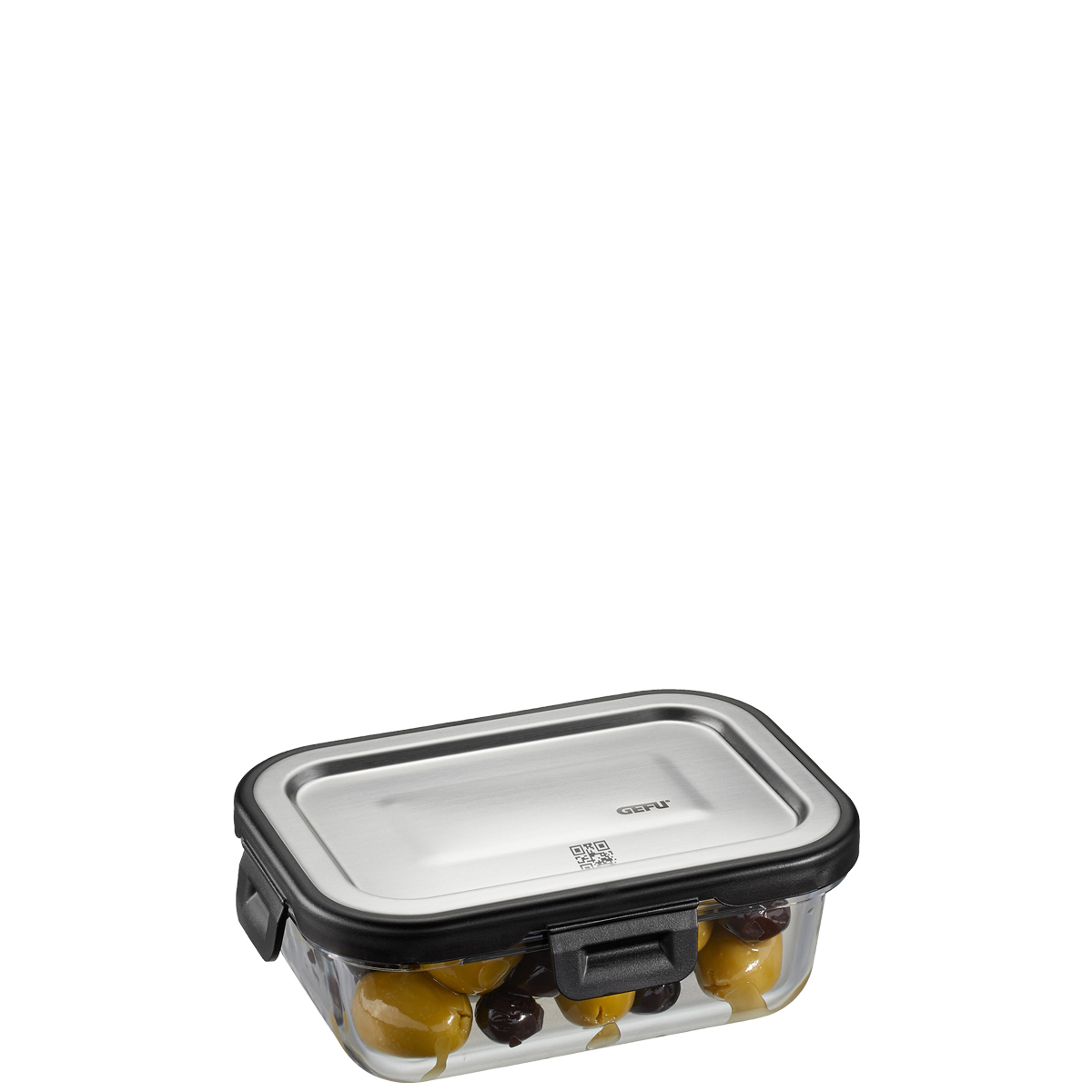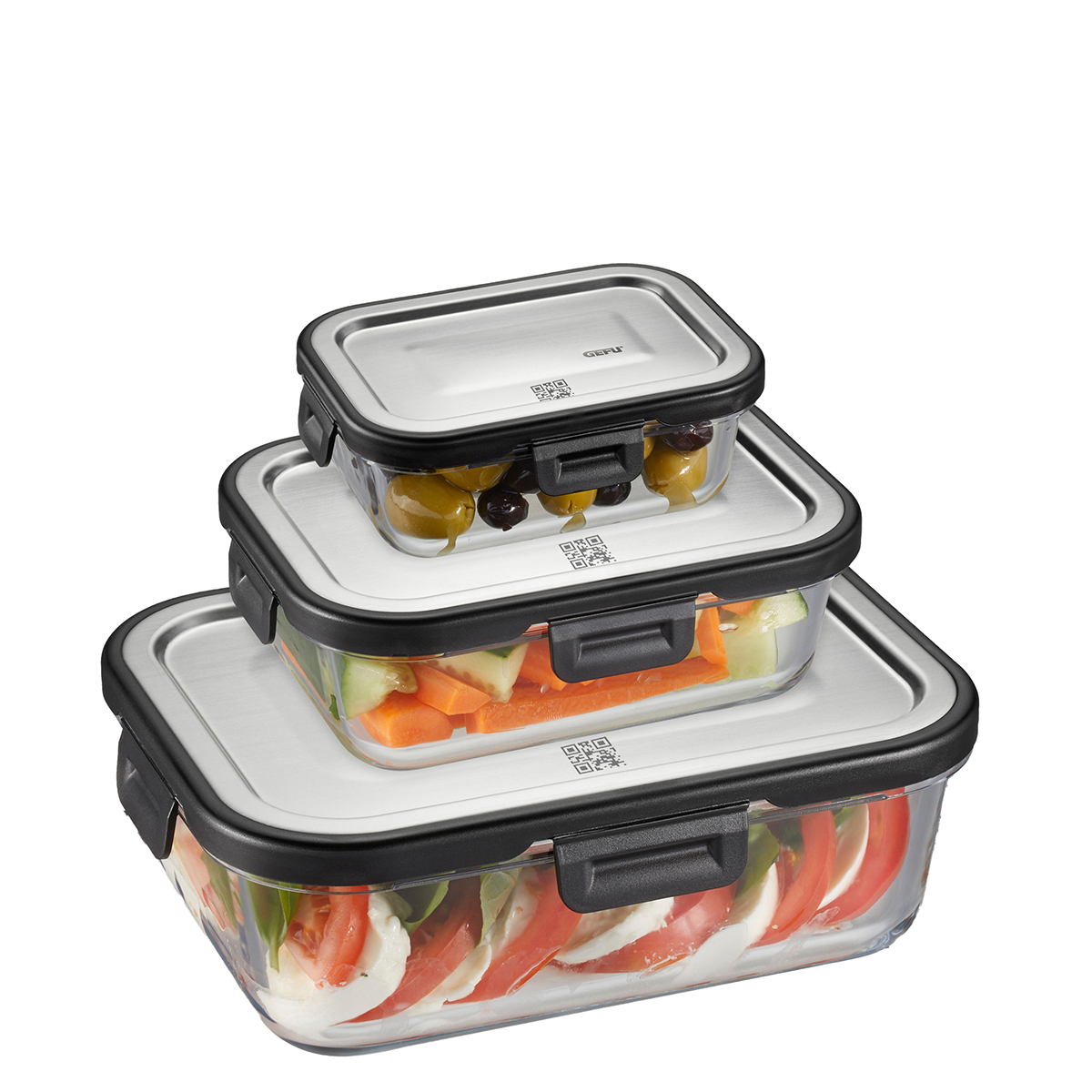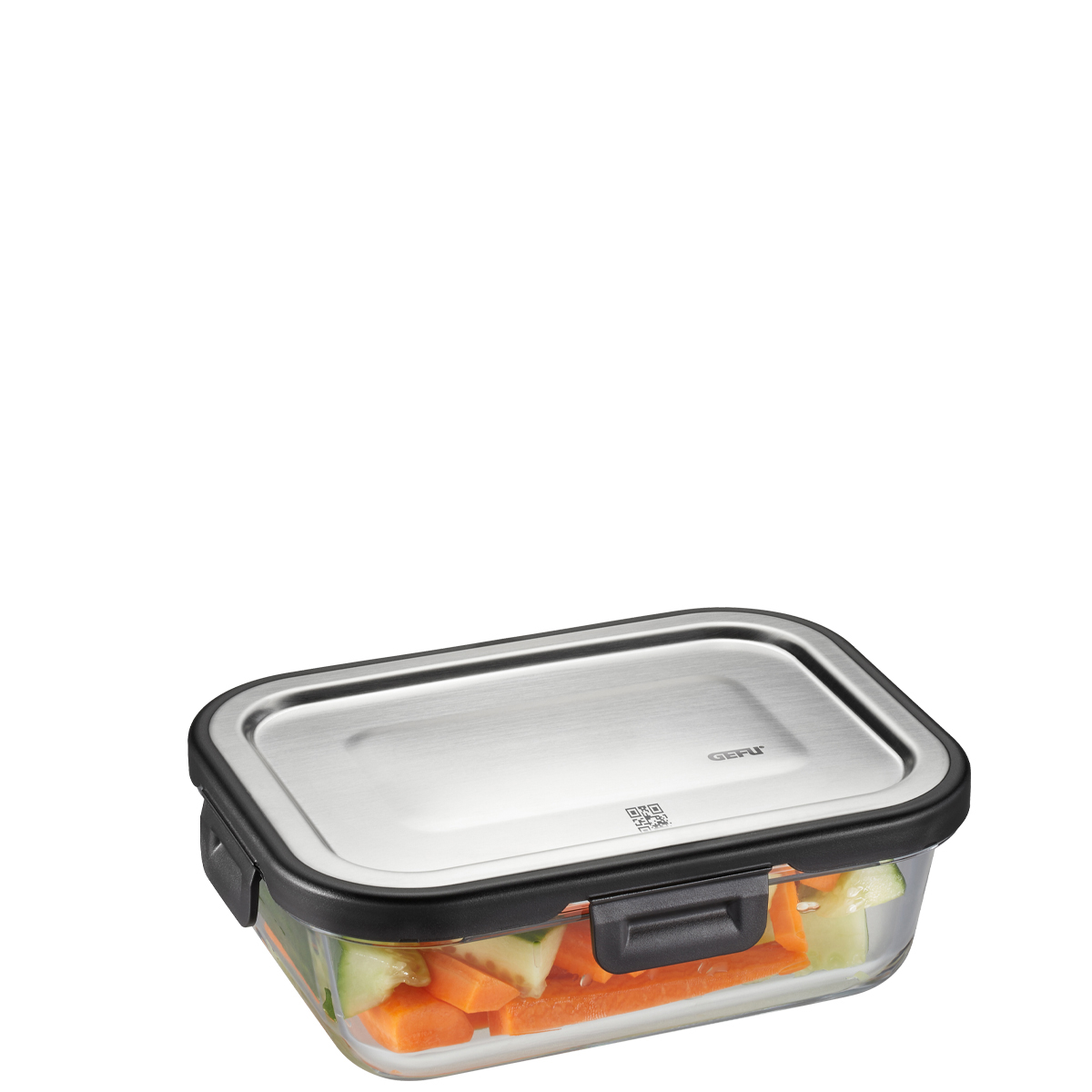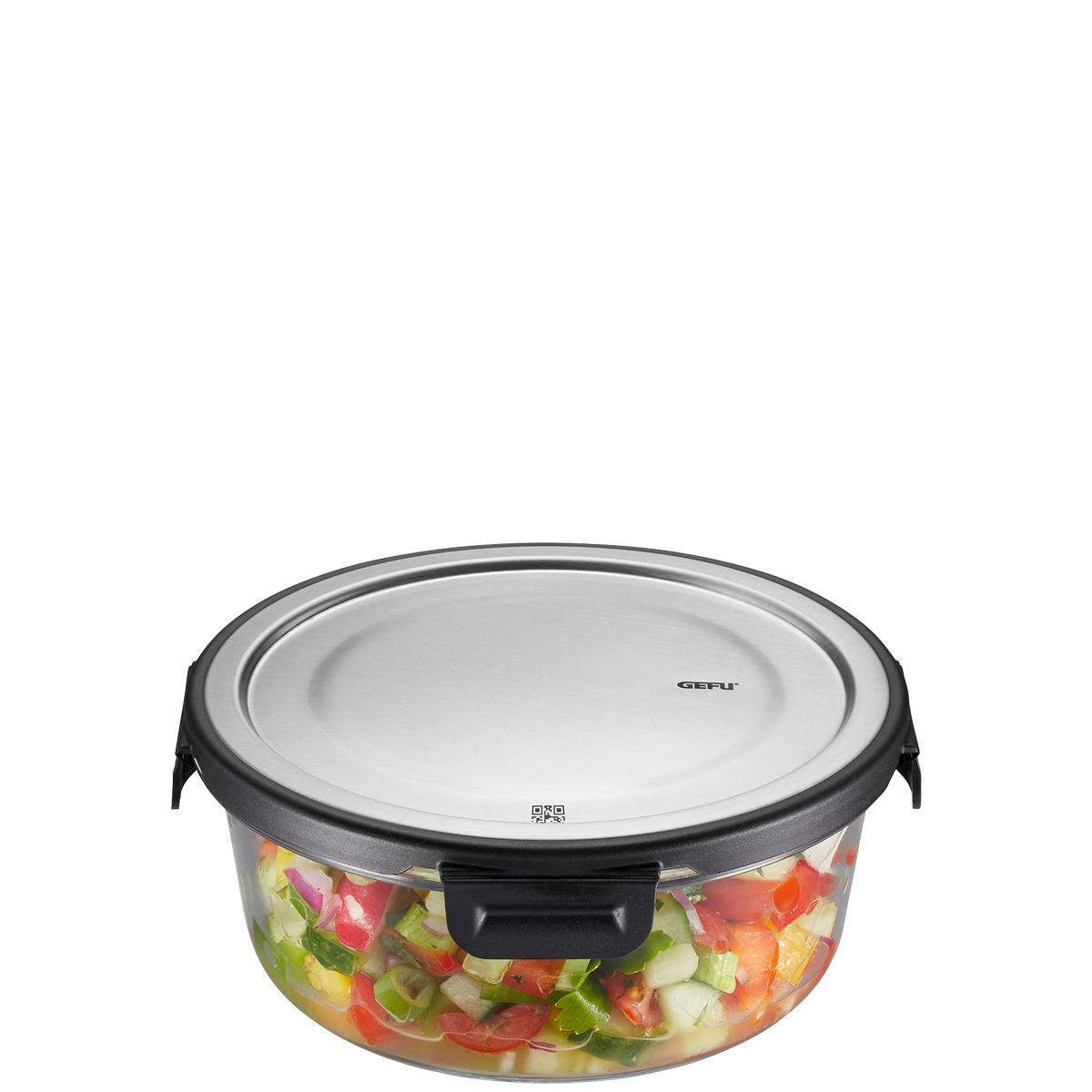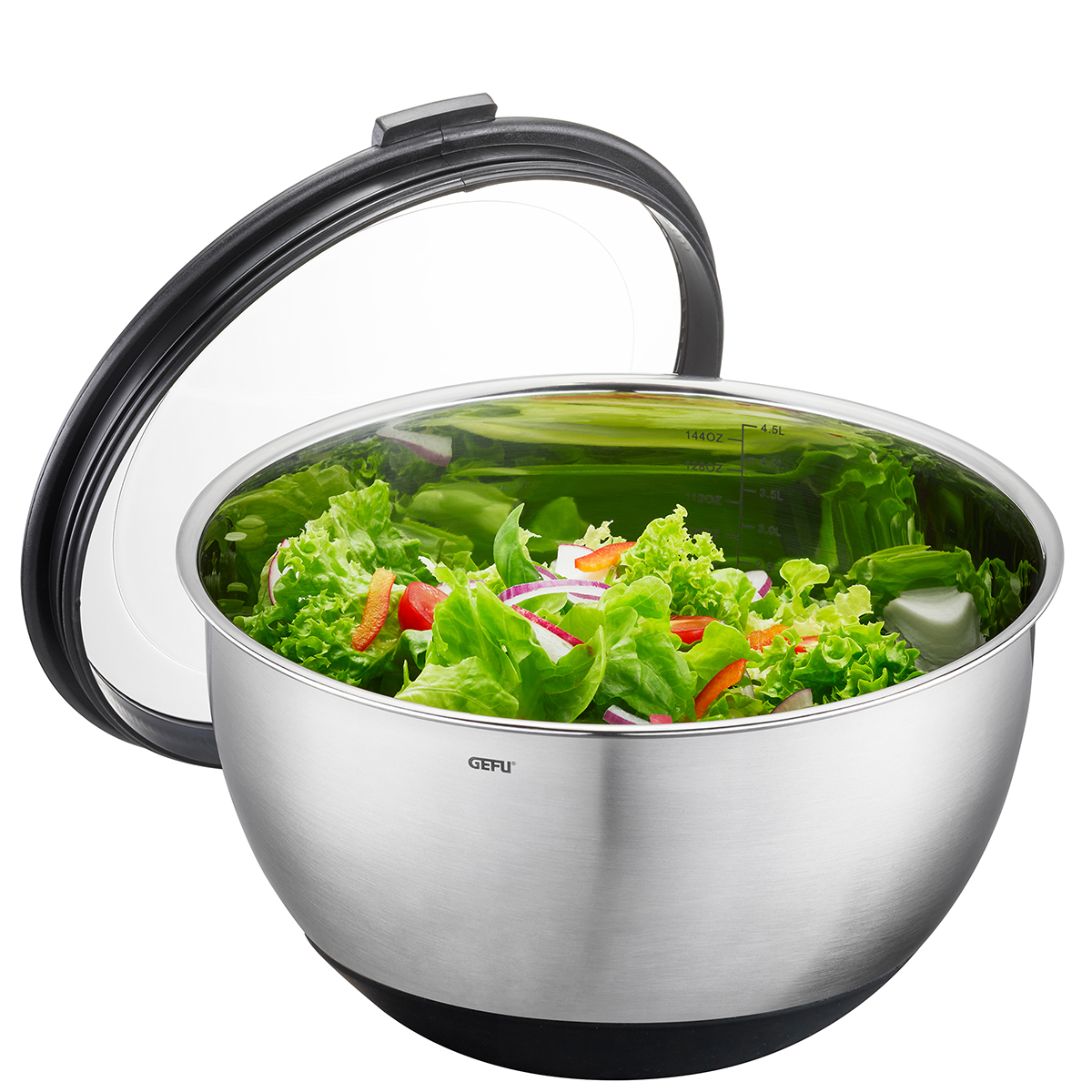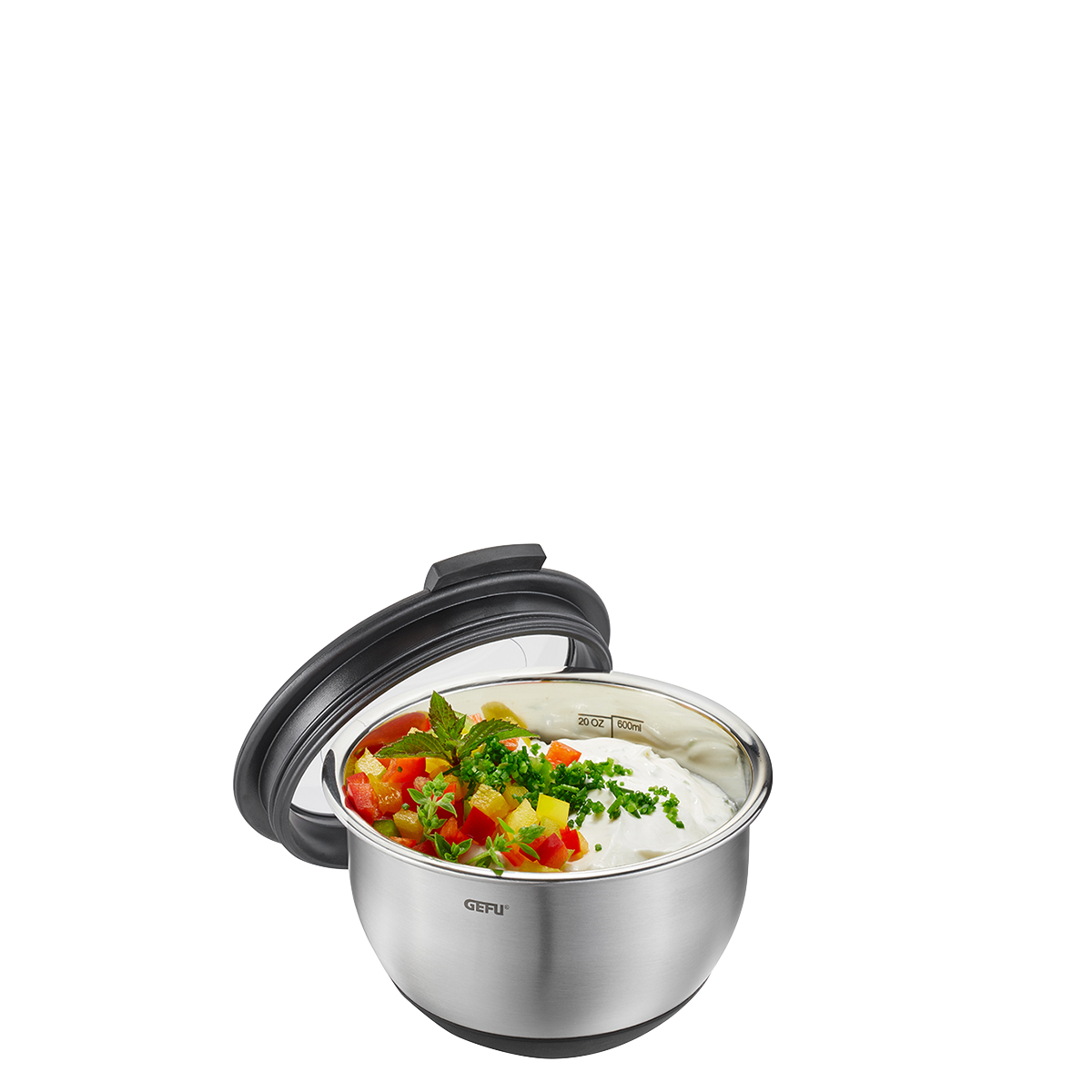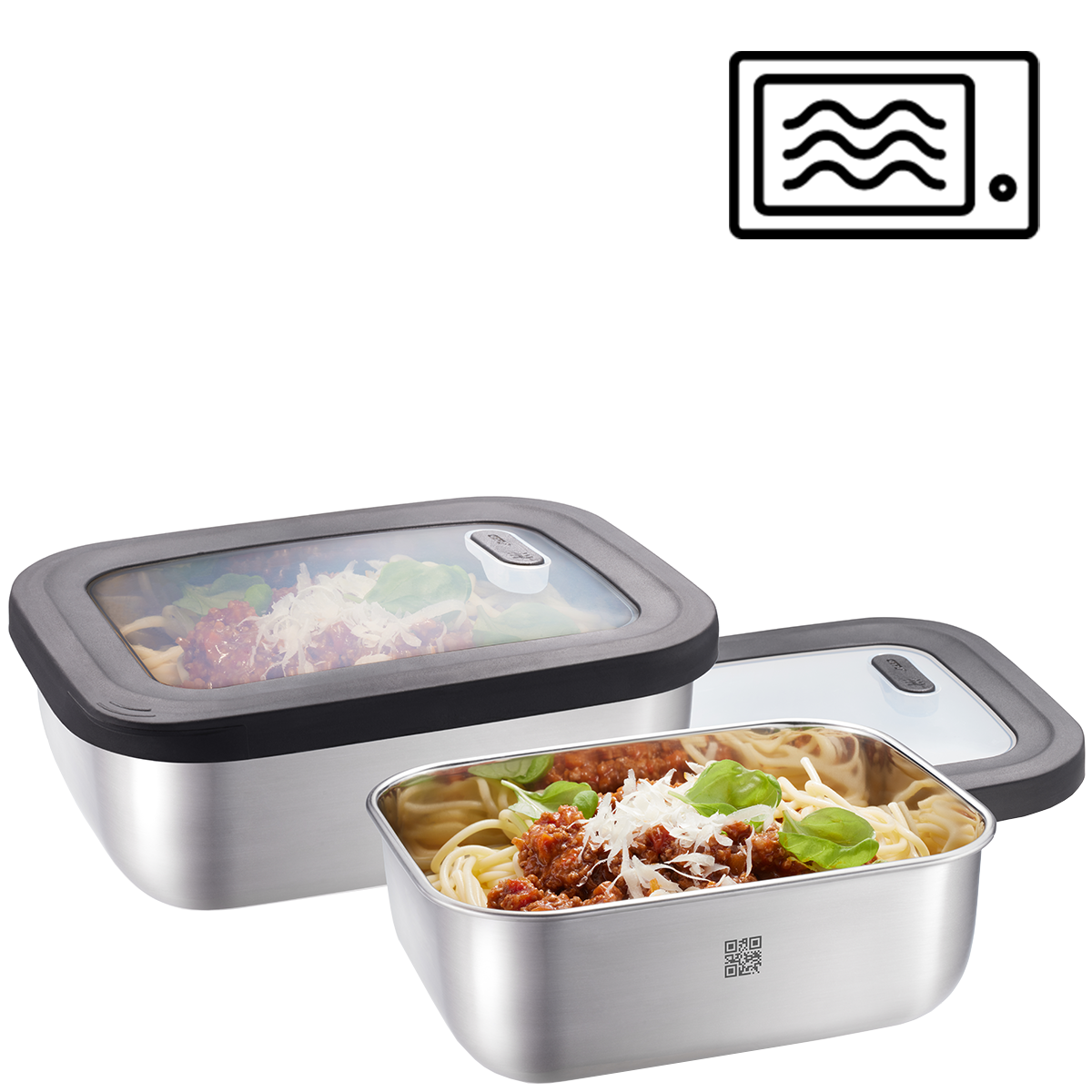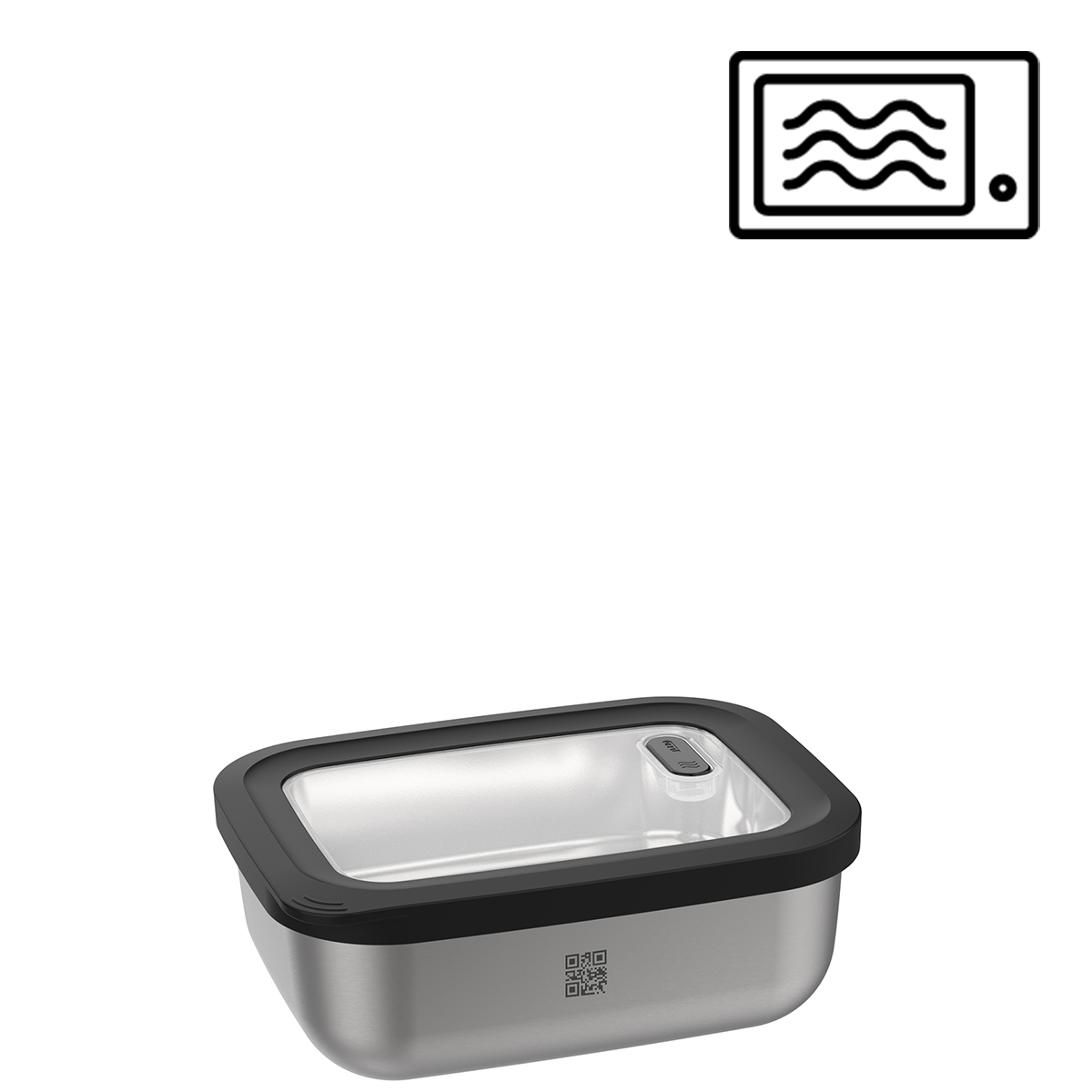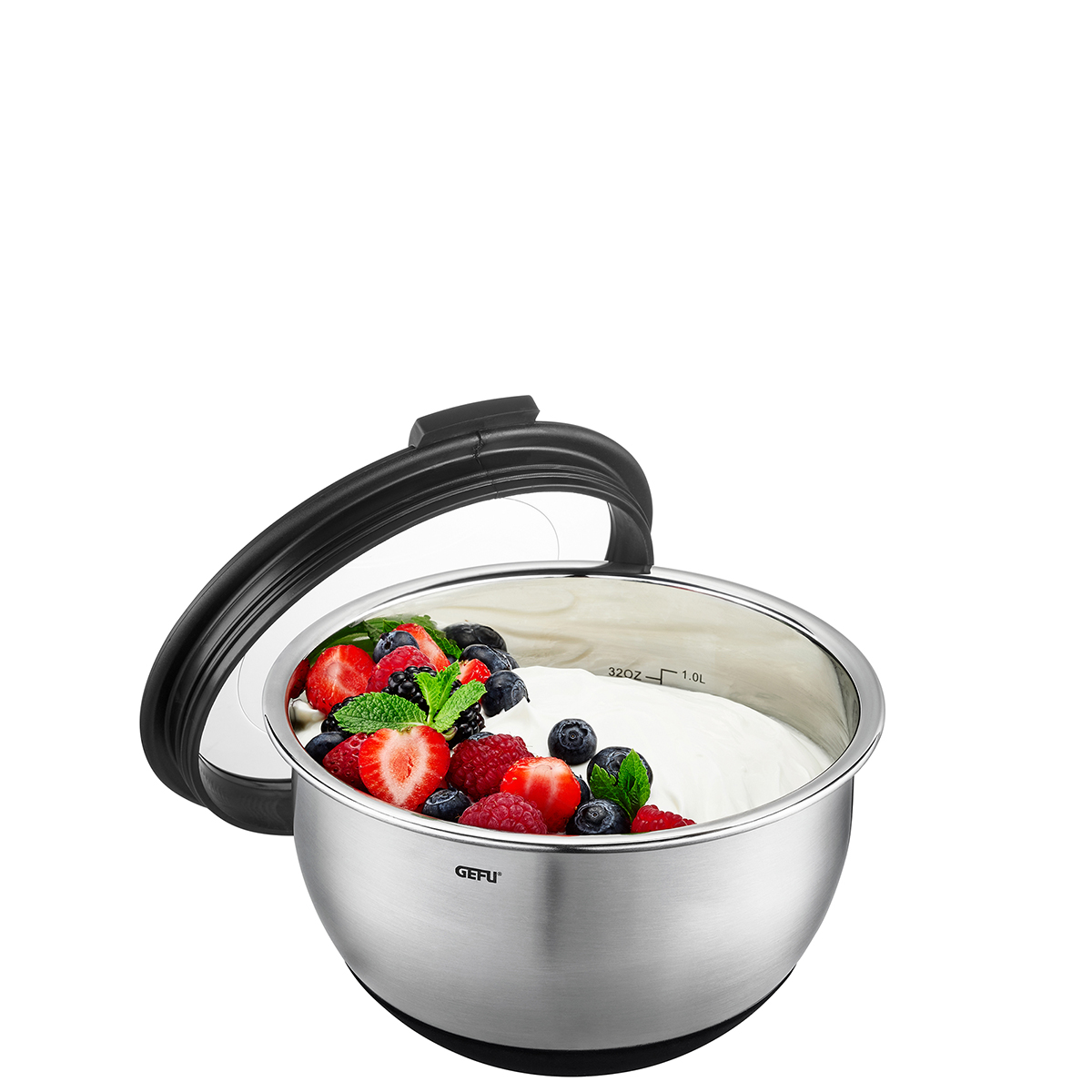Food Storage Containers and Fresh-Keeping Boxes: Keeping Your Food Fresh for Longer!
The Benefits of Food Storage Containers and Fresh-Keeping Boxes
Storage containers are an essential kitchen tool. They help keep food fresh for longer and protect it from bacteria and mold. To help you enjoy your food for a longer period, we want to provide you with some tips for using food storage containers.
Fresh-keeping boxes are particularly useful when you want to store pre-cooked meals. If you're cooking a large dish, you can freeze the leftovers or store them in a food storage container. This way, you always have something delicious ready for lunch or dinner, without having to cook from scratch every time.
Food storage containers are also very helpful when grocery shopping. They allow you to store food for a longer period and reduce waste by avoiding the use of plastic bags. They also prove to be practical helpers when transporting food, protecting your belongings from dirt and moisture.
Food storage containers come in different sizes and shapes, allowing you to find the right container for every purpose. It's important to adapt the container to your specific needs: use larger containers for larger portions and smaller containers for smaller portions.
Furthermore, there are special food storage containers with airtight lids, which are ideal for liquids or moist foods. Additionally, there are containers with vent openings that allow steam to escape, making them particularly suitable for warm dishes, ensuring the contents stay fresh while preventing them from cooling down.
To save even more time, we also recommend prepping your meals in advance and filling them into food storage containers. This way, you save time on cooking and always have something delicious ready to go!
What types of Food Storage Containers are available?
There are different types of food storage containers suitable for storing food. Most people have one or more containers at home, but there are also specialized containers specifically designed for storing and freezing food.
The most common types of food storage containers are plastic containers, glass containers, and stainless steel containers. Each type has its own advantages and disadvantages.
Plastic containers are usually the most affordable option and offer good value for money. They are lightweight, easy to handle, and easy to clean. However, the downside is that some plastic containers can release toxic substances under certain temperatures. Therefore, when purchasing plastic containers, always look for high-quality ones and check for appropriate labeling.
Glass containers are durable and can be safely reused. They keep your food fresh for longer as no unwanted substances can be released from them. However, glass containers are heavier and slightly more difficult to clean.
Stainless steel containers are a good choice for those who want to live more sustainably. They are sturdy, durable, and do not retain unwanted odors. They are often referred to as "lunchboxes" and can be more than just food storage containers – you can transport your lunch directly in the container! However, stainless steel containers can be slightly more expensive than other types of food storage containers.
Bamboo containers are made from natural bamboo and are environmentally friendly. However, they are more expensive than plastic containers and not suitable for all types of food.
Regardless of the type of food storage container you choose, make sure it has enough space for your food! With this knowledge in mind, you can determine which type of lunchbox suits you best!
10 Tips for Storing Food in Food Storage Containers
It's important to store food properly in a food storage container to extend its shelf life and ensure optimal storage. There are some simple steps you can follow to ensure your food stays fresh for as long as possible.
What should you consider when cleaning and storing food storage containers?
Most food storage containers are very easy to clean. The best method is to soak them briefly in hot water and clean them with a mild detergent. Afterward, they should be dried and stored.
However, some containers have a non-removable closure. In this case, it is advisable to soak the container in hot water and then clean it by hand. Some manufacturers also recommend soaking the container in lemon or apple cider vinegar to get rid of bacteria. Of course, these methods can also be used for other containers.
Different sizes for different foods and portions
Food storage containers are available in many different sizes, offering a wide range of options for handling food. Smaller containers are great for storing sauces, nuts, or dry pastries, for example. Larger containers are perfect for storing leftovers, such as cooked vegetables, rice, or meat from the previous day. They are also ideal for storing larger quantities of food such as flour or sugar, optimizing your kitchen workflow.
In addition, there are special formats for freezing food. These food storage containers come with a specially designed lid that provides an airtight seal, protecting the contents from drying out. This way, you can make your food last longer and avoid having to go shopping every time!
With the variety of available food storage containers, it is possible to store each type of food optimally. However, there is another tip to keep in mind: if multiple dishes are stored in the same container simultaneously, it can lead to unpleasant odor and taste contamination - so it's best to wash everything thoroughly beforehand!
Conclusion - Food storage containers are a good choice
In conclusion, using food storage containers is a good choice to keep food fresh for longer and save space in the refrigerator and freezer. There are different types of food storage containers on the market, such as plastic, glass, stainless steel, silicone, and bamboo containers, each with their own advantages and disadvantages. It is important to choose a high-quality container that is heat-resistant and durable. Overall, using food storage containers is a sustainable and practical way

